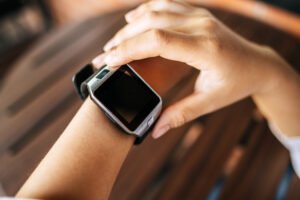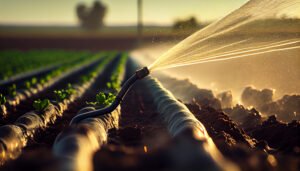The Internet of Things (IoT), as it is popularly called, is a network that connects devices to devices and devices to the cloud, in turn exchanging data between them to aid their performance and functionality. Simply put, IoT means everyday “things” that are connected to the Internet.
So many devices used on a daily basis are integrated with the IoT technology, which includes CCTV, toothbrushes, cars, doorbells, and AI assistants like Alexa. The use of IoT technology is not just limited to home usage; it finds application in various business sectors such as agriculture, automobiles, logistics, and healthcare.
How does IoT work?
IoT is made up of three key technologies, which include sensors, networks, and software. The sensors Primarily captures the data from the environment, such as motion, temperature, and video feeds. These data are then fed to the software through the network connected to the Internet, which can either be wired or wireless. The third part of an IoT, which is the software, processes the data received and makes operation decisions from the result of the data. The software is also used to control the devices.
Applications of IoT
IoT finds application in a variety of sectors, such as healthcare, smart homes, and transportation.
Examples of IoT in Healthcare

- Smart watches: smart watches are the most popular part of IoT everyone experiences daily; they help in heart monitoring, step tracking, and calorie tracking.
- Heart rate monitors: heart rate monitors track the heart rate at all times and send the data to health personnel or a caregiver in the event of an abnormality.
- Indigestible sensors: These sensors, usually in a pill capsule, are ingested and used to monitor the digestion travel path and capture various data that are necessary for diagnosis without having the need for surgery.
- Medical dispensers: An example is a smart pill dispenser, which is used to remind a patient of the time to take their drugs and dispense the required dosage of the medication.
- Smart implants: These devices are designed to be implanted into the human body to monitor, diagnose, or treat medical conditions.
Despite IoT being a complex system, it is now accessible and common
Examples of IoT in Agriculture

- Irrigation: IoT in irrigation tracks the moisture content of the soil to determine the amount of water to be released and when to be released; this technology helps save water and improve crop yields.
- Crop monitoring: IoT in the form of cameras monitors the crops, knowing they need attention; this helps large-scale farmers monitor their crops without moving into the whole farm for inspection.
- Precision farming: in precision farming, IoT with data analysis gives farmers the ability to track weather, sun exposure, and soil conditions; these data provide clarity on the type of crop to plant, thereby enhancing yield and harvest.
Benefits of IoT for Local Businesses
By implementing IoT, local businesses can save on labor costs, improving efficiency of production and the quality of products while still providing convenience for the business owners to scale production higher.
Conclusion
The application of the Internet of Things (IoT) cannot be overemphasized, as it is finding its feet in almost every sector, aiding work efficiency, quality of work, and operation. By utilizing IoT, businesses can be at the forefront of innovation, driving quality productions and making life easy.


